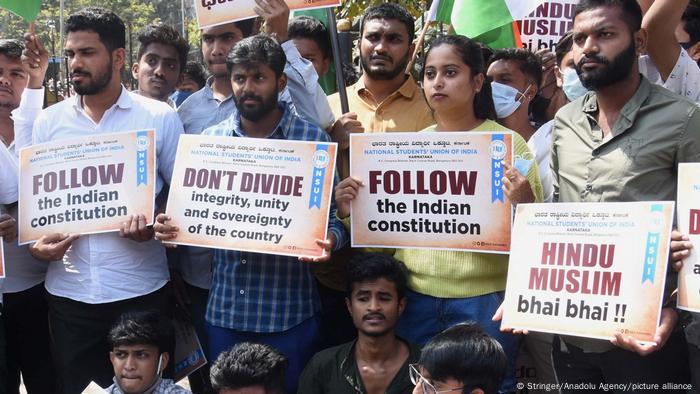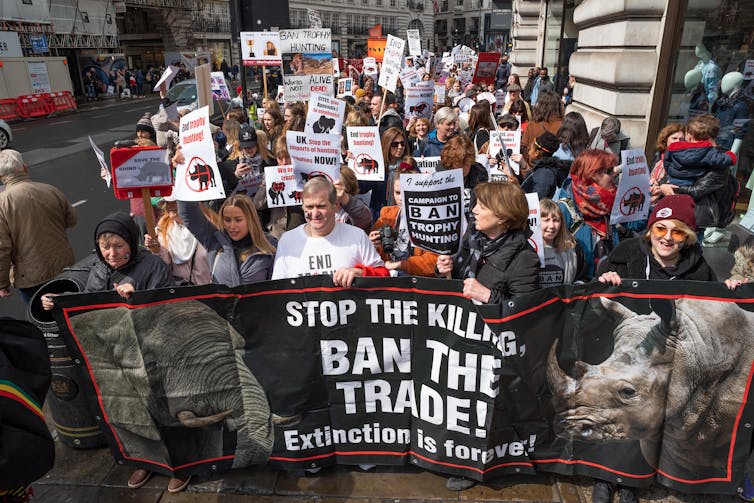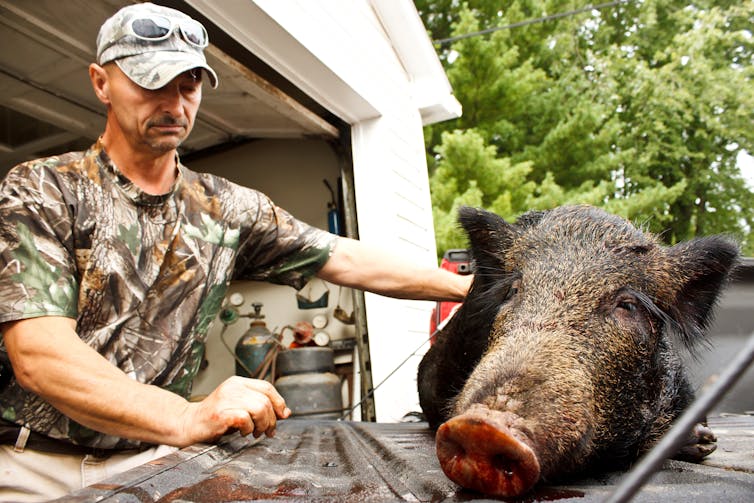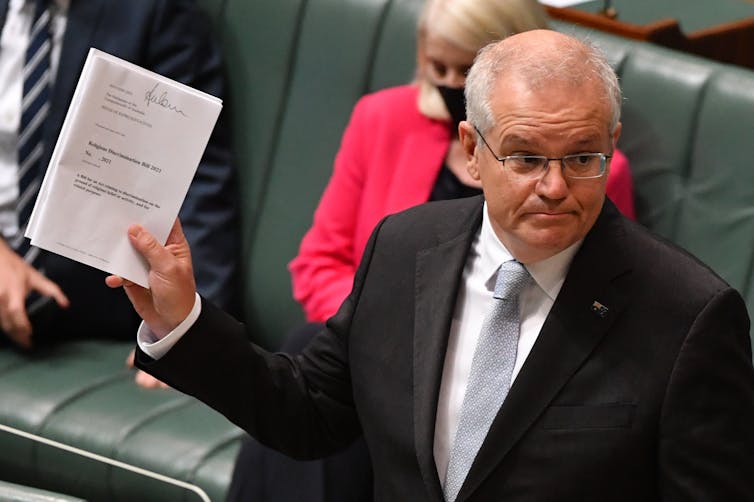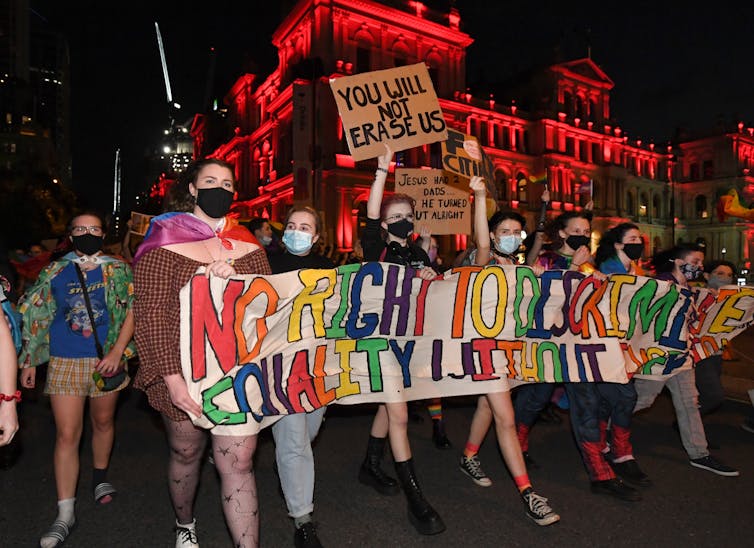Biden’s task force on unionization: A corporatist agenda for austerity and war
Jerry White
9 February 2022
On Monday, the White House “Task Force on Worker Organizing and Empowerment” published its report to President Biden outlining a series of measures aimed at strengthening the pro-corporate trade unions as critical instruments for the suppression of class struggle.
The task force was formed by executive order last April, shortly after the defeat of the union drive at Amazon’s Bessemer, Alabama warehouse, which was aggressively promoted by the Biden administration. It is co-chaired by Vice President Kamala Harris and Labor Secretary Marty Walsh, a former building trades union official and Boston mayor. It includes cabinet members directing some of the most critical functions of the US government, including Defense Secretary Lloyd Austin, Treasury Secretary and former Federal Reserve Chair Janet Yellen, and Homeland Security Secretary Alejandro Mayorkas.
The historically unprecedented intervention of the Biden administration is a response by the faction of the corporate-financial elite that it represents to the growth of working-class opposition, which is increasingly taking the form of a rebellion against the trade unions. The White House wants a labor police force, fully backed and financed by the state.
The task force outlines 70 recommendations to advance its “unprecedented mission” of strengthening the unions, which have seen membership fall from 30 percent of the US workforce in the 1950s to 10.3 percent in 2021, including only 6.1 percent of private-sector workers.
This includes proposals to virtually every federal government agency to “remove unnecessary barriers that impede unions’ ability to organize federal workers and increase their membership.” Union officials will be given access to military bases, national parks and federal buildings.
It proposes to use the federal government’s spending power to encourage the unionization of the employees of government contractors, explicitly instructing the Department of Defense to tell its contractors that they can bill the government for the “costs of shop stewards, labor management committees, employee publications, and other related activities.”
As a “purchaser of goods and services,” the report continues, the federal government “has an interest in its contractors reaching first collective bargaining agreements to promote stability and minimize disruption of services and goods procured by the federal government.”
By “promoting stability” and “minimizing disruption,” the task force means utilizing unions in preventing strikes at critical government suppliers. Biden has put this to the test over the last few months, relying on the United Steelworkers (USW) and other unions to prevent strikes by workers at shipyards in Mississippi and Virginia owned by defense contractor Huntington Ingalls, which would delay the delivery of ships needed for the administration’s war drive against Russia and China.
Moving beyond companies directly contracting with the federal government, the task force calls on the National Labor Relations Board to work with the Federal Mediation and Conciliation Service to “assist with the process of an employer voluntarily recognizing a union.” The latter regularly involves unions signing sweetheart deals behind the backs of their prospective members in exchange for employer “neutrality” or recognition without a vote.
The report not only calls for the encouragement of union membership. It proposes direct government funding to prop up these long-discredited organizations. Barriers that “keep unions from fairly competing for and winning some federal grants and contracts” should be lifted, the task force states. These grants would fund union-controlled workforce training programs and labor-management bodies, which have been used, most notoriously by the United Auto Workers (UAW), to funnel billions of dollars to union executives.
Under the subheading, “Ensuring Unions Have a Seat at Many Federal Advisory Tables,” the report urges virtually every federal agency to “include union voices in their formal advisory discussions and informal networks, outreach, and other interactions.”
The 43-page document is filled with proposals along these lines, which, leaving aside the absurd language about “worker empowerment,” are aimed at one thing: the strengthening of a labor police force comprised of upper-middle class executives to enforce the dictates of the ruling class.
Eighty-two years ago, Leon Trotsky, the great revolutionary Marxist and leader of the Fourth International, noted (in an essay titled “Trade Unions in the Epoch of Imperialist Decay”) that “there is one common feature in the development, or more correctly the degeneration, of modern trade union organizations in the entire world: it is their drawing closely to and growing together with the state power.”
Writing shortly after the outbreak of World War II, Trotsky explained, “Democratic unions in the old sense of the term, bodies where in the framework of one and the same mass organization different tendencies struggled more or less freely, can no longer exist.”
Trotsky was writing shortly after the eruption of the semi-insurrectionary struggles, including the seizure of factories in sit-down strikes, that led to the formation of the mass industrial unions in the US. However, his analysis of the tendency toward the “growing together” of the unions, the state and the corporations was extraordinarily prescient. This process continued throughout the post-World War II period, including through the purging of socialists and militant workers from the unions prior to and after the merger of the AFL and CIO in 1955.
Commenting on the transformations that have taken place since Trotsky’s analysis, WSWS International Editorial Board Chairman David North noted that “the process of global economic integration and transnational production deprived the trade unions of a national framework within which they could apply pressure for limited social reforms. No room was left for even the most moderate resort to the methods of class struggle to achieve minimal gains. The unions, rather than extracting concessions from the corporations, were transformed into adjuncts of the state and corporations that serve to extract concessions from the workers.”
Reference to the AFL-CIO and its affiliated organizations as “unions” is a historical anachronism. These discredited and hated organizations only exist due to the good graces of the employers and the state.
Facing an intractable economic and political crisis, one faction of the ruling class, led by Trump, has responded with the promotion of fascistic conspiracies to overturn the Constitution. Another faction, led by Biden and the Democrats, seeks to strengthen a type of tripartite government-business-union structure first pioneered in Mussolini’s Italy.
Organized around the reactionary defense of “national interests,” the aim is to smother any independent expression by the working class of its own class interests, while suppressing internal dissent and disciplining workers for war against Russia and China. In return, the already lavishly paid union executives will be given access to union dues and other forms of remuneration that come directly from the capitalist state.
Whatever the aims of the White House, however, the logic of the class struggle is developing into an open rebellion of workers against the unions. Contracts supported by the unions are routinely rejected by 90 percent or more.
Workers at Volvo Trucks and John Deere, and educators throughout the country have taken up the call by the World Socialist Web Site for the formation of independent, rank-and-file committees, which have led the fight against the ruling class and its union police force. Biden, intensely aware of these developments, visited a Volvo Mack Trucks plant last July to promote the UAW less than two weeks after Volvo and the UAW rammed through a sellout contract in the face of mass opposition from workers at the New River Valley plant in southern Virginia.
During the pandemic, the unions have gone from imposing concessions on workers to imposing conditions that have led to the deaths of hundreds of thousands of workers, including in health care, education, meatpacking, logistics and manufacturing. The American Federation of Teachers has spearheaded the back-to-school policy, which has accelerated the spread of the deadly disease, while the UAW, USW and other industrial unions have kept workers on the job in equally dangerous factories.
Facing a revolt by BNSF workers, the railway unions have enforced a strikebreaking injunction by a federal judge that strips workers of the right to speak out against an abusive attendance policy. Refinery workers are biting at the bit to strike against oil companies making record profits while the USW desperately tries to prevent a walkout, which would quickly escalate into a direct conflict with the Biden administration.
The fight to develop independent rank-and-file factory and workplace committees, in the US and internationally, must be intensified and broadened. The International Workers Alliance of Rank-and-File Committees (IWA-RFC) must be expanded to every section of the working class.
This must be combined with the building of a revolutionary leadership in the working class. The fight against the pandemic, the ravages of inflation and the austerity demands of capitalist governments must be fused with the struggle against imperialist war and dictatorship and the fight for world socialism.
Sign u










